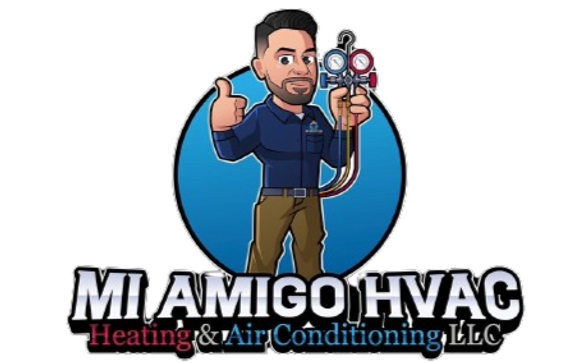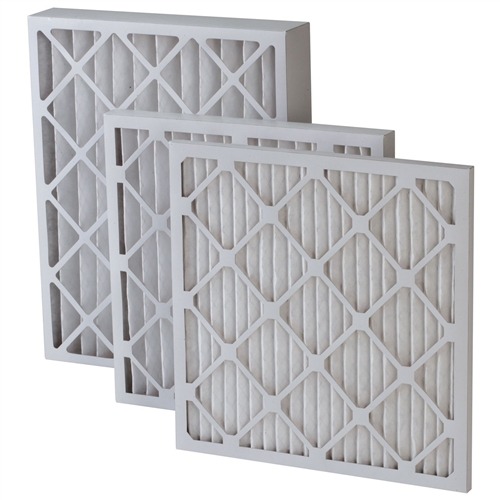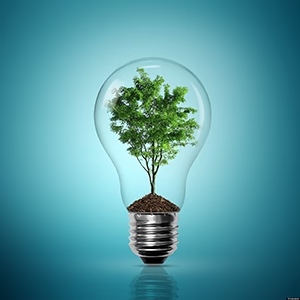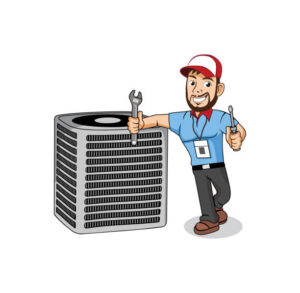Living in a desert climate comes with unique challenges, especially when maintaining your HVAC system. Dust, pollen, and debris accumulate quickly, making clean filters essential. Regularly replacing HVAC air filters ensures better air quality, system efficiency, and lower energy costs. But how often should you replace HVAC filters in the desert?
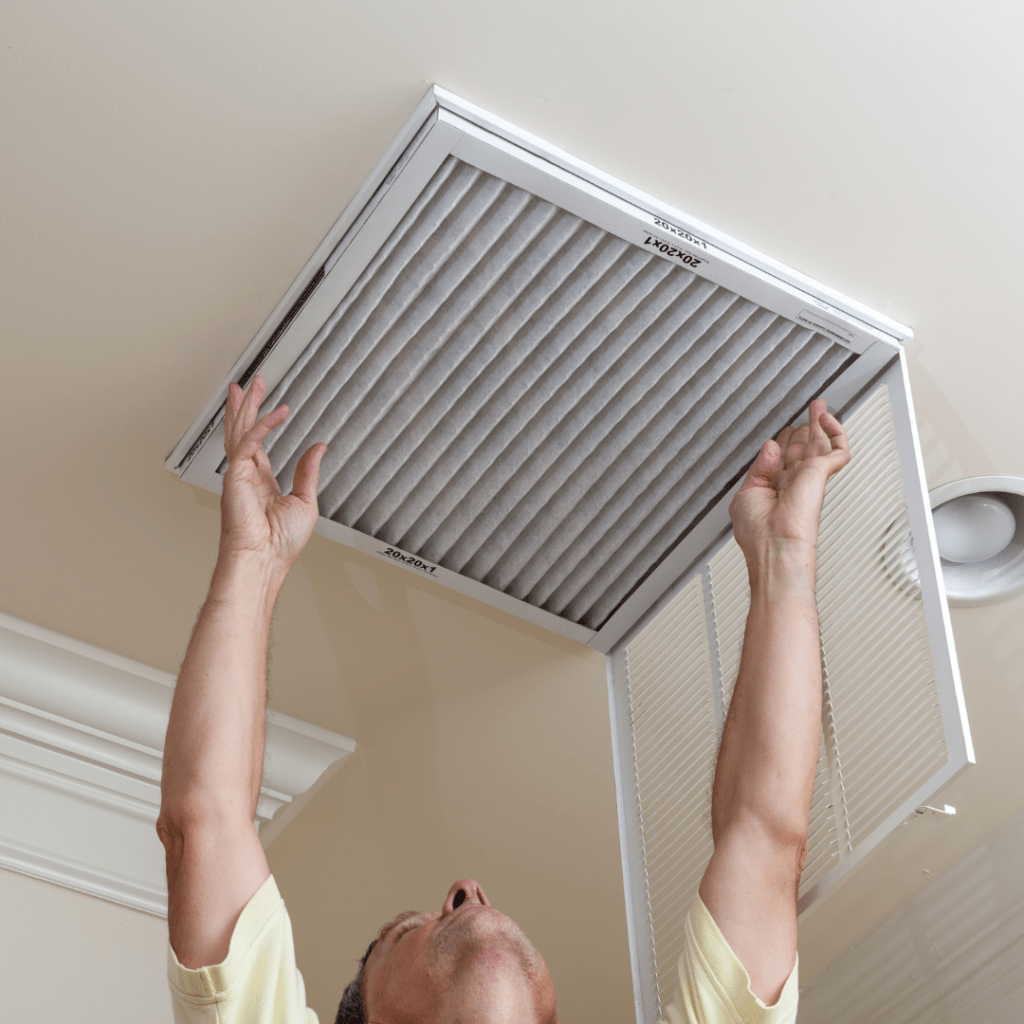
The Role of Air Filters in the Desert
Air filters in the desert have a tough job. They trap fine dust particles, pollen, pet dander, and other airborne debris. Without clean filters, HVAC systems struggle to circulate air efficiently. This leads to higher energy consumption and poor indoor air quality. For people with asthma or allergies, clogged air filters can trigger respiratory issues.
How Often Should You Replace HVAC Filters?
The frequency of replacement depends on several factors. However, in the desert, filters need more frequent changing due to high dust levels. Here’s a general guide:
- Standard filters: Replace every 1-2 months.
- High-efficiency filters: Change every 2-3 months.
- Homes with pets: Swap filters every 30-45 days.
- Allergy sufferers: Change filters monthly.
Regularly checking the filters helps determine if they need earlier replacement. A dirty filter is a sign that airflow is restricted.

Why Clean Filters Matter
1. Better Air Quality
Dust and allergens accumulate quickly in desert homes. Dirty filters allow pollutants to circulate, affecting indoor air quality. Clean filters reduce allergy and asthma symptoms, making breathing easier.
2. Improved HVAC Efficiency
A clogged filter forces the HVAC system to work harder, increasing energy consumption and raising utility bills. Replacing air filters in the desert keeps the system running efficiently.
3. Extended HVAC Lifespan
HVAC units with dirty filters experience more strain. Over time, this leads to breakdowns and costly repairs. Clean filters protect the system, helping it last longer.
Signs It’s Time to Replace Your Air Filter
Sometimes, filters need replacing sooner than expected. Watch for these warning signs:
- Visible dust buildup on the filter.
- Increased allergy or asthma symptoms.
- Reduced airflow from vents.
- Higher-than-usual energy bills.
- HVAC systems are running longer than normal.
Ignoring these signs can lead to bigger problems, like system failure or poor indoor air quality.

Choosing the Right Air Filters for the Desert
Selecting the right air filter improves indoor air quality. Consider these factors:
- MERV Rating: Higher ratings (8-12) capture more dust and allergens.
- HEPA Filters: Ideal for allergy sufferers, trapping tiny particles.
- Electrostatic Filters: Attract dust and pollen, great for desert homes.
- Washable Filters: Reusable but require frequent cleaning.
Investing in quality filters reduces replacement frequency and improves air quality.
Tips for Maintaining HVAC Air Filters
Keeping air filters in top condition enhances performance. Follow these simple maintenance tips:
- Check filters monthly. Replace HVAC air filters if clogged with dust.
- Use a vacuum to remove surface debris between changes.
- Keep windows and doors closed during dust storms.
- Schedule regular HVAC maintenance to ensure optimal performance.
Conclusion
Replacing HVAC air filters in the desert is crucial for air quality, efficiency, and system longevity. Standard filters need changing every 1-2 months, but owners of homes with pets or allergy sufferers should replace them more often. Clean filters keep your HVAC system running smoothly and help you breathe easier. Make filter maintenance a priority to enjoy better air and lower energy bills.
